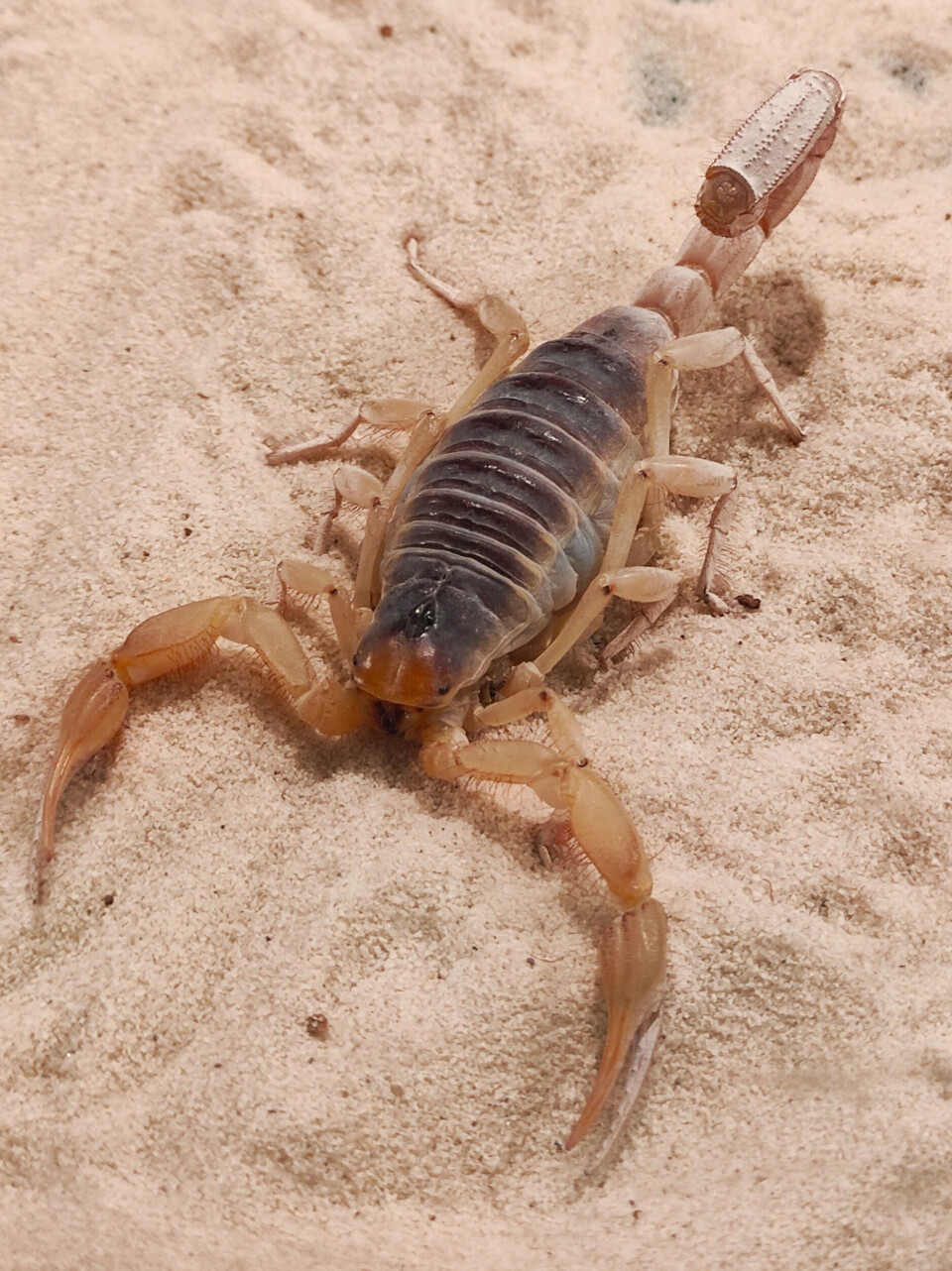-
Call to pull up highly allergenic plant in south of France
Ragweed should ideally be removed before the flowering period in August and September
-
Heatwave in France heightens pollen allergy risk - and brings forest fires
Current heatwave is intensifying both pollen-related allergies and the risk of forest fires
-
Reader feedback: do restaurants in France cater to gluten-free diets?
Allergens are not usually indicated on menus
Anxiety-inducing French Languedoc scorpions: How to deal with them
Scorpions adjust the dose of poison they inject according to the size of their victim

"All scorpions are venomous," says Lucile Vidal of the Micropolis, 'La Cité des Insectes' near Millau in Aveyron. "Their stings are painful but not normally fatal, however. The severity depends on the person, their health, and how their body reacts."
There are at least five different species of scorpions living in France, around the Mediterranean basin, and in Aquitaine as far north as Bordeaux. "Amongst these five species, we find the Languedoc Scorpion (Buthus occitanus). There also exist numerous sub-species spread all over Europe (France, Spain, Portugal, Sicily, Malta, Cyprus), North Africa and Israel."
Although associated with hot climates, scorpions can survive low temperatures and winter snows, and live as high as 1,000m above sea-level.
Read more:Lyme disease in France: Official advice on how to avoid a tick bite
The Languedoc Scorpion lives in arid rural areas or woods, and being nocturnal is often discovered hidden under a large stone. It cannot be confused with the small black scorpion with yellow legs (Euscorpius flavicaudis), which is found in houses all over the Midi.
Like all scorpions, it has a stinger at the tip of its tail which it uses to kill its prey, adjusting the dose of poison according to the size of its victim. Scorpions eat insects including crickets and spiders.
The fascinating world of scorpions
They are arachnids rather than insects, having eight legs and only two body sections instead of three. They have an advanced sense of smell which they use to avoid danger and find food. The smaller males tend to move around more than larger females, hunting for mates.
Mating in scorpions is unique. They grasp each other’s pincers and move around in a kind of dance until the male emits a sperm-containing structure called a spermatophore onto a smooth flat stone. He then manoeuvres the female until she is over the spermatophore and as her body touches it, sperm are ejected into the female’s body.
Gestation can be as long as eight months, and then the female gives birth to live young, on average around 25 at a time, which spend the first part of their lives clinging to their mother’s back. At this stage they are white. As the young scorpions grow to adulthood, they shed their outer shells 4-5 times, turning yellow in the process.
Scorpions tend to move into houses seeking shelter from the rain. Killing them is relatively straight-forward. A magazine or newspaper placed over a scorpion will stop it moving, at which point the area of the magazine sheltering the unwelcome guest can be flattened using a shoe or a rubber mallet.
Related articles
Tiger mosquitoes: How you can help stop their spread in France
France home insurance: Do policies pay out for rat damage?
























